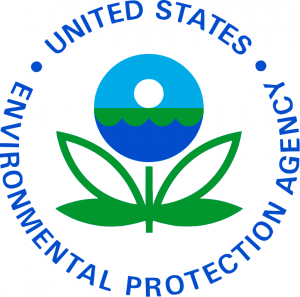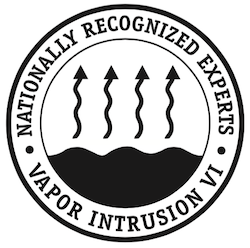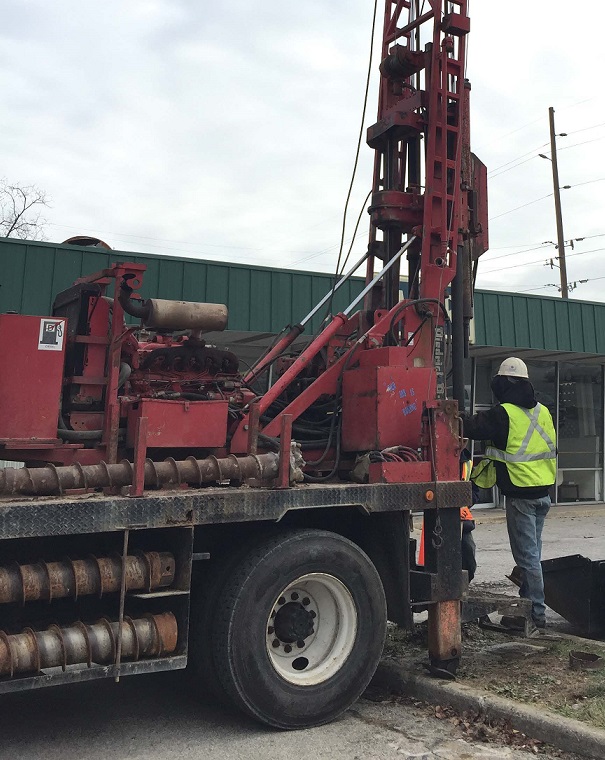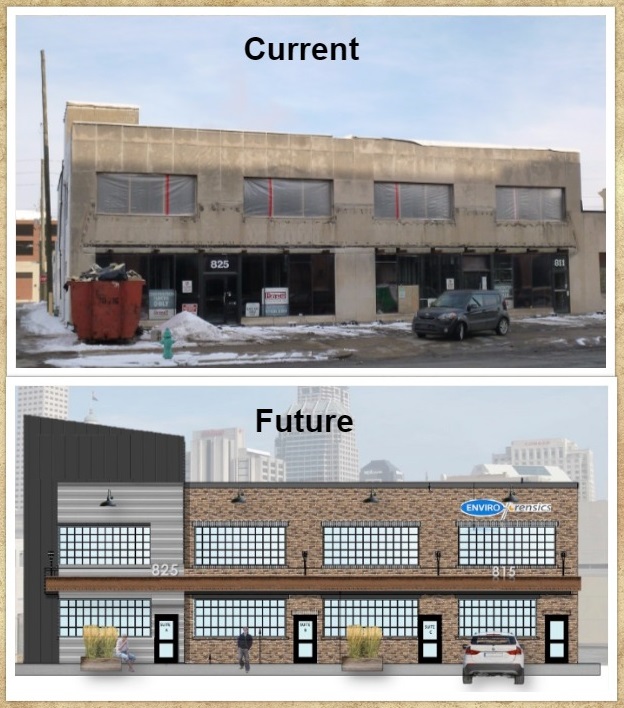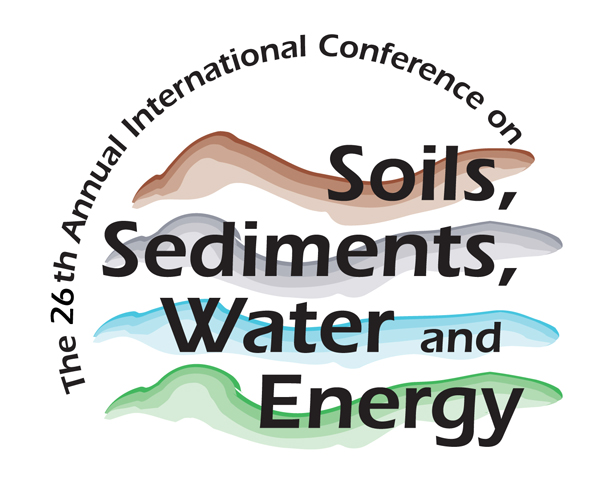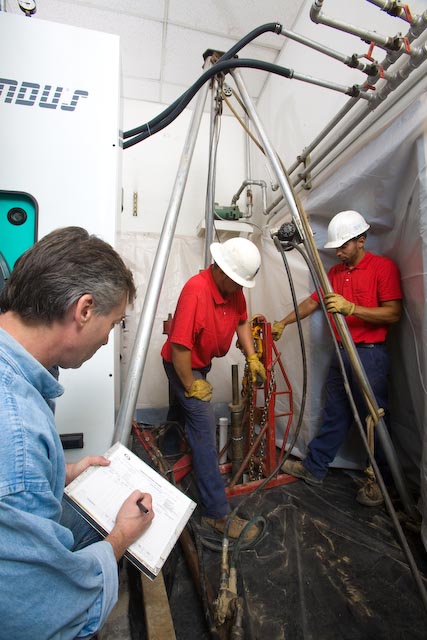Tuesday, February 2, the Indiana House approved a bill that would prevent state regulatory agencies from passing environmental laws tougher than those enforced by the federal government. The Republican-controlled House voted 64-33 to send the bill to the Senate for consideration.
While the bill was lauded by industry groups, environmental and public health groups were beside themselves. The bill was introduced by Rep. David Wolkins (R-Winona Lake) and is aimed at stopping the Indiana Department of Environmental Management (IDEM) from enforcing any law that is more strict than those established by the United States Environmental protection Agency (USEPA). Citing the cost to businesses of environmental compliance as a reason for needing this legislation, Rep. Wolkins stated, “Political appointees come and go. And if we get somebody who is a very rabid environmentalist, the fact is, they just don’t pay attention to the cost of things.”
While such legislation could potentially save businesses money by capping potential expenditures for environmental compliance and cleanup, there could be debate as to whether or not such legislation is actually good for the citizens of Indiana. Over the past several years, Indiana has ranked as one of the most polluted states in the country. In 2011, the Daily Finance ranked Indiana as the second “least green” state in the country. In 2015, Wallethub ranked Indiana the 47th least eco-friendly state. Additionally, the Natural Resource defense Council routinely ranks Indiana in the bottom 10% with respect to air quality.
Based on Indiana’s distinction on the national stage for displaying a low level of environmental protection, it would seem counterintuitive to remove additional power from the IDEM. In a state possessing a political climate such as Indiana, it’s unlikely that individual environmental laws that may be more stringent than the USEPA’s standards would be passed. However, in the event that such a move should be necessary in the future, even with political concordance, the current bill under consideration would tie the hands of future lawmakers.
The USEPA has given individual states the right to enforce their regulations in a manner that is at least as stringent as their own. It seems that even the USEPA recognizes that some environmental regulations can be better enforced at the state level where the agencies can tailor their enforcement to meet the specific needs of the state. This is not unlike how states govern themselves independently beneath the umbrella of the federal government. This bill being considered appears to contradict the very process by which it may be created.
In the wake of several examples of unpopular state lawmaking episodes, concerns are growing that Indiana is at a high risk of losing our smart, well-educated and creative young talent. As the bill moves on to the Senate Environmental Affairs Committee chaired by Senator Ed Charbonneau (R-Valparaiso), opportunities exist for public reaction to inform the committee members of Indiana citizens’ true feelings on this matter. As Rep. Wolkins states, “Political appointees come and go.” If this bill passes it could prove to be legacy legislation that is not in the best interest of Indiana’s future.
Below are the members of the Indiana House and Senate Environmental Affairs Committee, with links to contact them.
Indiana House Environmental Affairs Committee
Chair: Rep. David Wolkins
Vice Chair: Rep. Greg Beumer
Majority Members:
Rep. Mike Aylesworth
Rep. Sean Eberhart
Rep. William Friend
Rep. Don Lehe
Rep. Doug Miller
Rep. Donna Schaibley
Rep. Heath VanNatter
Indiana Senate Environmental Affairs Committee
Chair: Sen. Ed Charbonneau
Ranking Member: Sen. Doug Eckerty
Majority Members:
Sen. Eric Bassler
Sen. Phil Boots
Sen. Liz Brown
Sen. Rick Niemeyer
Sen. Scott Schneider

